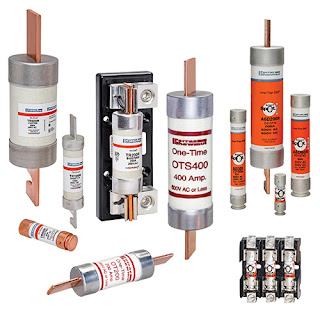Atmel Releases Radiation-Hardened Sparc Processor
It exhibits the following radiation performance characteristics: total dose tested up to 100 Krad; SEU and SET induced error rate better than 10-5 errors/device/day in worst-case conditions; and no single event latch up below an LET threshold of 95MeV.cm/mg at 125C. The AT697E has demonstrated the capabilities of the Sparc V8. More than 100 flight models will be delivered this year. The AT697 Revision F, the radiation-hardened version, achieves 100MHz operation for only 0.7W.
It features: total dose tested up to 300Krad; extreme reliability against single-event upset and transient (SEU and SET induced error rate better than 10-5 errors/device/day); and no single event latch-up below an LET threshold of 95MeV.cm/mg at 125C. The design is based on the European Space Agency (ESA) LEON2-FT (Fault Tolerant) model and includes the latest techniques of radiation hardening by design, including full triple modular redundancy, EDAC and parity bit protections.
The European Space Agency has supported the design of this product. With its 90MIPs (Dhrystone 2.1) and 23MFlops (Whetstone) high performance, the AT697F offers the industry's best computing power efficiency of 150MIPs per Watt. The AT697F is software compatible with the other Atmel space Sparc processors and has improved the SDRAM interface efficiency, running at up to 90MHz. Samples of the AT697F are available in MCGA349 and MQFPF256 packages. The AT697F package versions are pin-out compatible with those of the AT697E. The AT697F engineering models, in all package versions, are available now. The AT697F processor flight models will be delivered and tested to QML QandV and ESCC quality flows in December 2009.


Comments